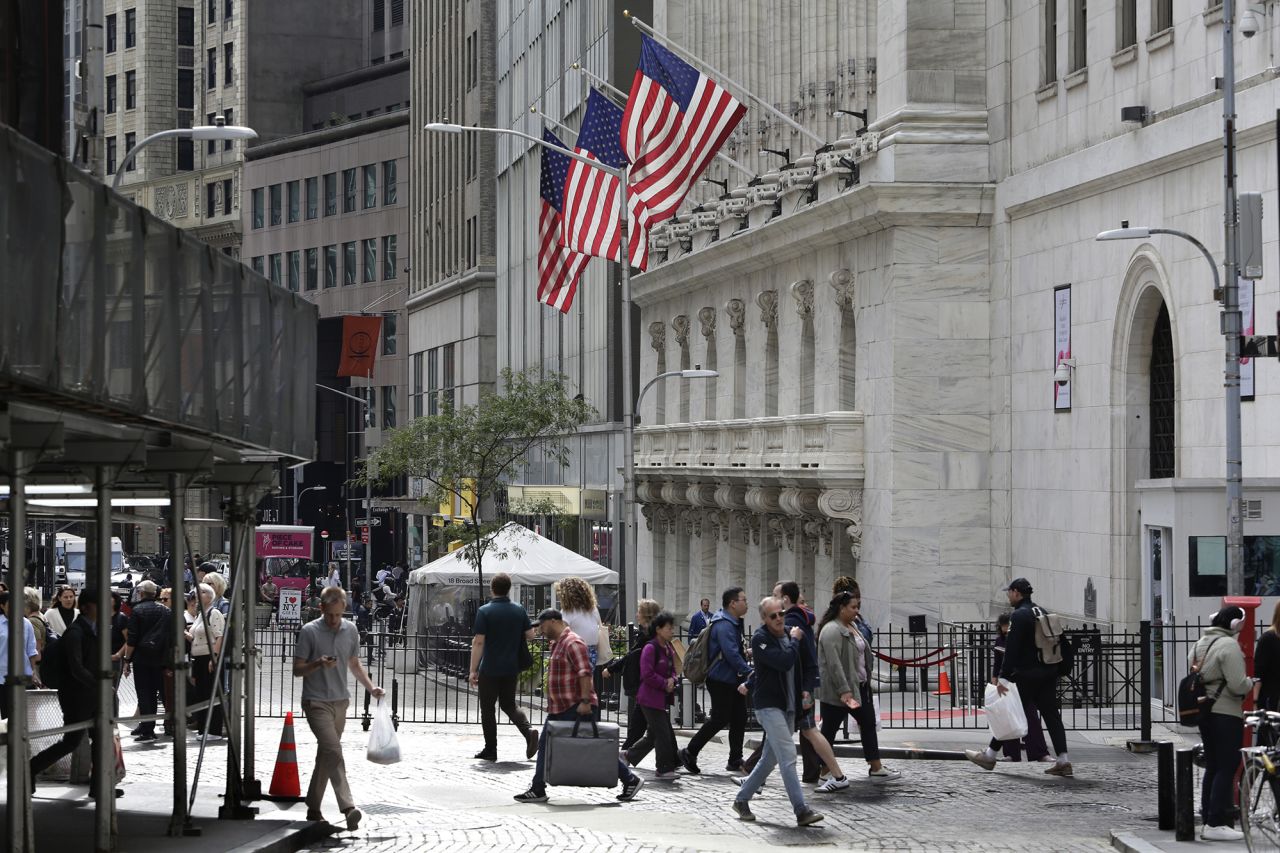Friday’s shockingly robust jobs report for September shows the Federal Reserve may not need to deliver another supersized interest rate cut next month.
When the Fed slashed rates by half a point last month, the central bank’s leader, Jerome Powell, said in a news conference that decision was aimed to protect the labor market’s strength, since inflation has seemingly come under control.
Some economists deemed that a so-called “insurance cut.” In addition to stabilizing prices, the Fed is also mandated by Congress to promote maximum employment, and with price pressures now mostly tamed, central bankers are more focused on the health of America’s job market.
Since employers are still hiring at a solid pace and unemployment hasn’t continued to climb, after joblessness steadily picked up over the past year, that means Fed officials don’t need to take any more aggressive action to prevent the labor market from deteriorating. That just doesn’t seem to be happening at the moment, at least according to government data. A separate report out earlier this week showed that job openings unexpectedly rose in August, remaining above pre-pandemic levels.
“These results likely take a 50 basis point rate cut off the table for the Fed’s next meeting in November, barring that next month’s jobs report isn’t a disaster,” Bret Kenwell, US investment analyst at eToro, wrote in a Friday note. “While one report doesn’t necessarily give investors the “all-clear” sign, it’s a huge step in the right direction and the September jobs report was certainly a statement.”
Some Fed officials had already said they preferred to cut rates more carefully moving forward — even before the release of the stunning September jobs report.
“After 50 basis points, we’re still in a net tight position so I was comfortable taking a larger first step,” Minneapolis Fed President Neel Kashkari told CNBC last week. “As we go forward, I expect, on balance, we will probably take smaller steps unless the data changes materially.”
Investors are overwhelmingly betting that the Fed will cut by a quarter point at its next policy meeting on November 6-7, according to the futures market.





















